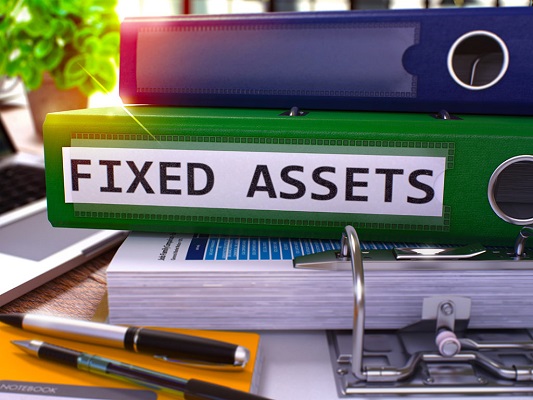Fixed Asset Accounting Services
Navigating the World of Fixed Asset Accounting

Cost Effective

Flexible Staffing

Specialized Expertise





Our indicative standard charges for fixed asset accounting are listed below. Custom packages of 25, 50 and 80 hours per month are available.
To record the acquisition of a fixed asset, debit the fixed asset account for the purchase price and credit the cash or accounts payable account for the same amount. This entry reflects the addition of the asset to the company’s balance sheet.
Under Generally Accepted Accounting Principles (GAAP), fixed assets should be recorded at historical cost, including all expenditures necessary to bring the asset to its intended use. These assets must be depreciated over their useful life, and any impairment should be recognized promptly.
The three main types of fixed assets are:
Examples of fixed assets include:
Fixed assets are listed under non-current assets on the balance sheet. They are recorded at their net book value, which is the original cost minus accumulated depreciation and any impairment losses.
The value of a fixed asset is calculated as:
Purchase cost + Capitalized costs (e.g., installation, transportation) – Accumulated depreciation – Impairment losses
This formula provides the asset’s net book value, reflecting its current worth on the balance sheet.
Proper fixed asset accounting ensures accurate financial reporting, tax compliance, and effective asset management. It helps businesses track asset utilization, plan for replacements, and make informed investment decisions.
Yes, outsourcing fixed asset accounting allows businesses to leverage specialized expertise, ensuring accurate tracking, depreciation, and compliance. It can also lead to cost savings and improved financial reporting.